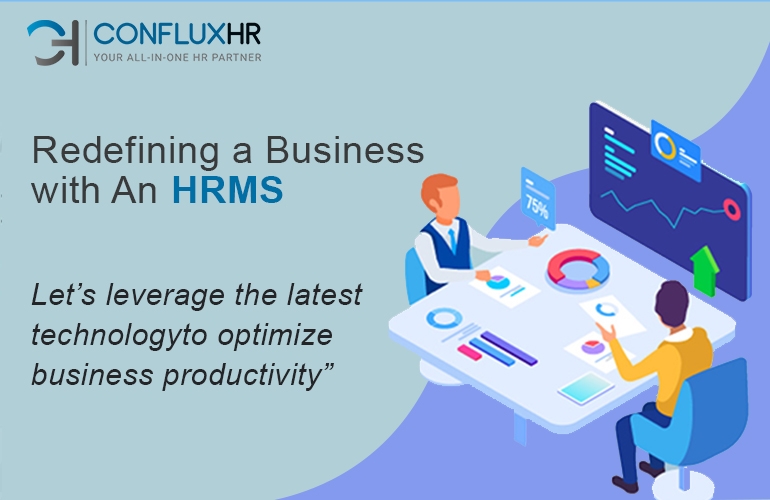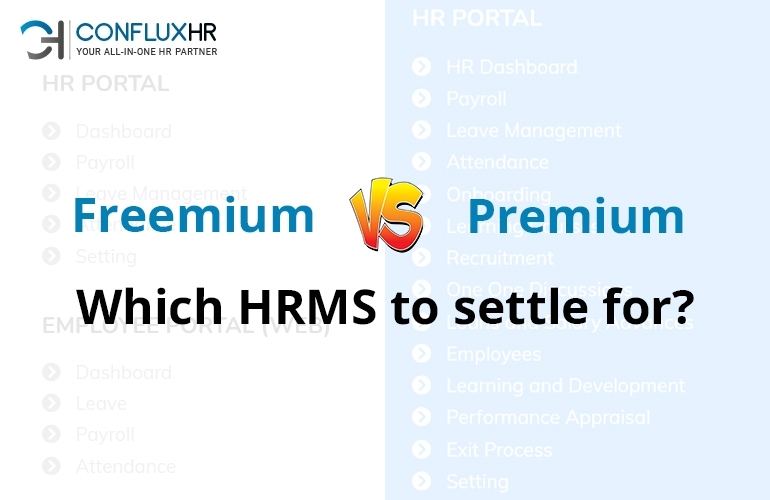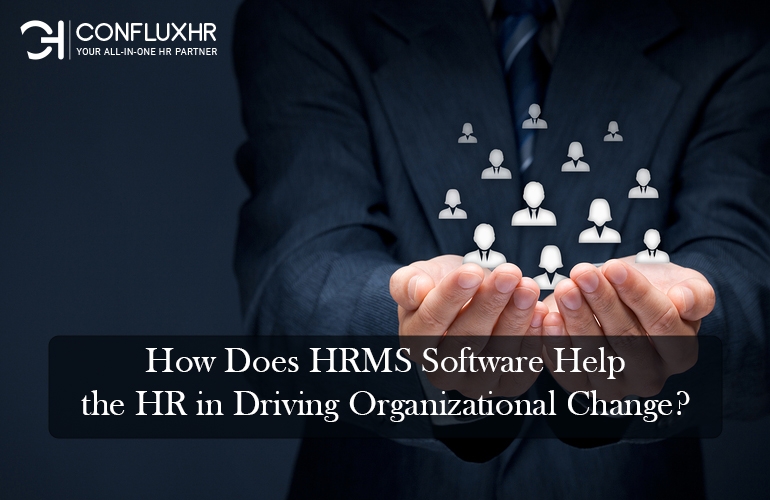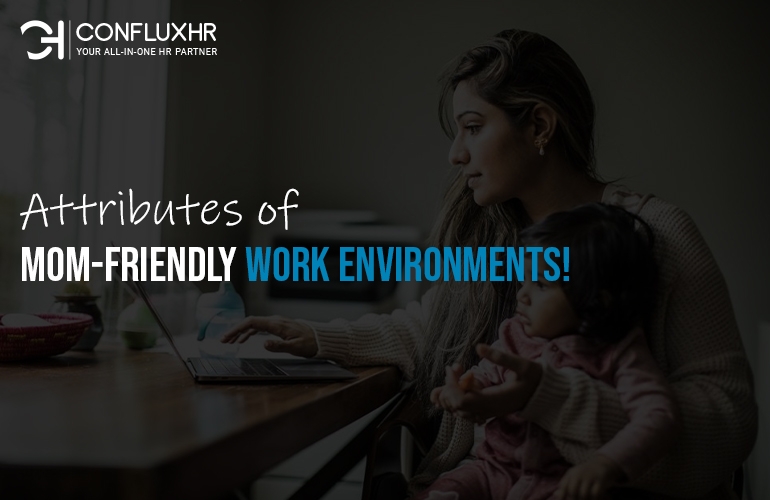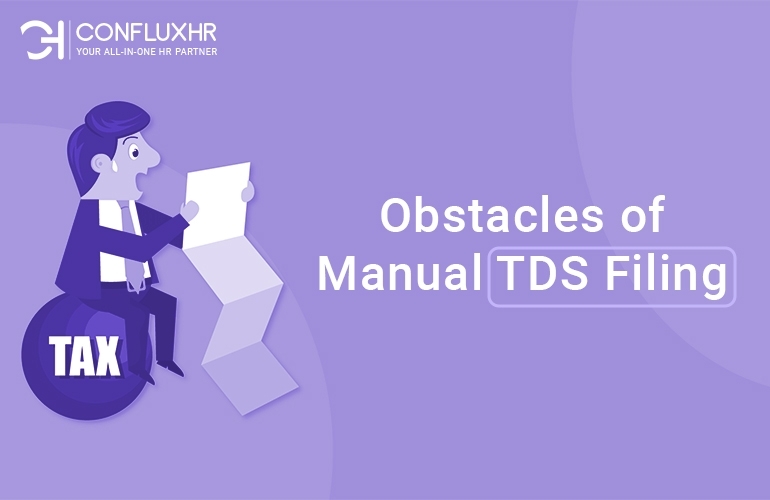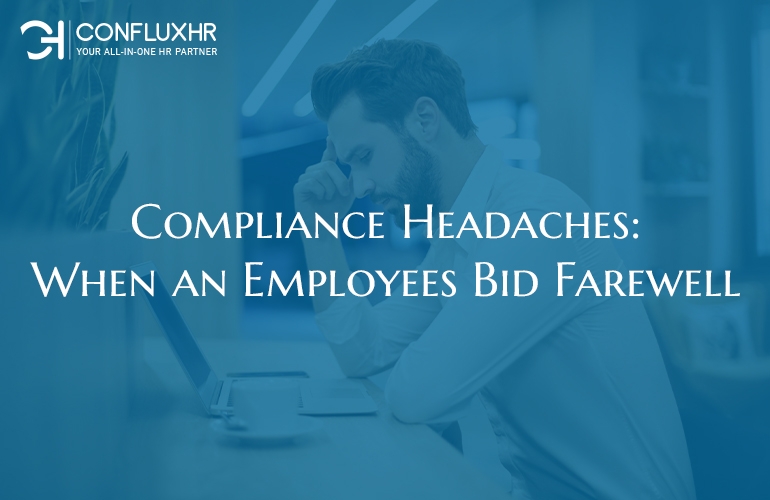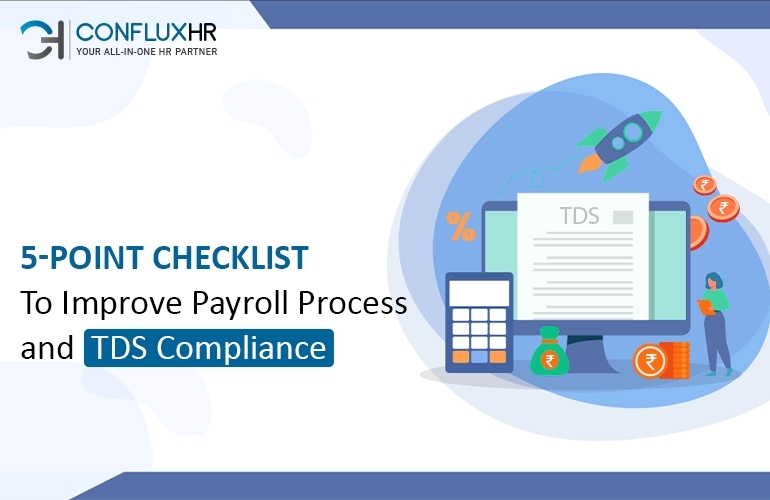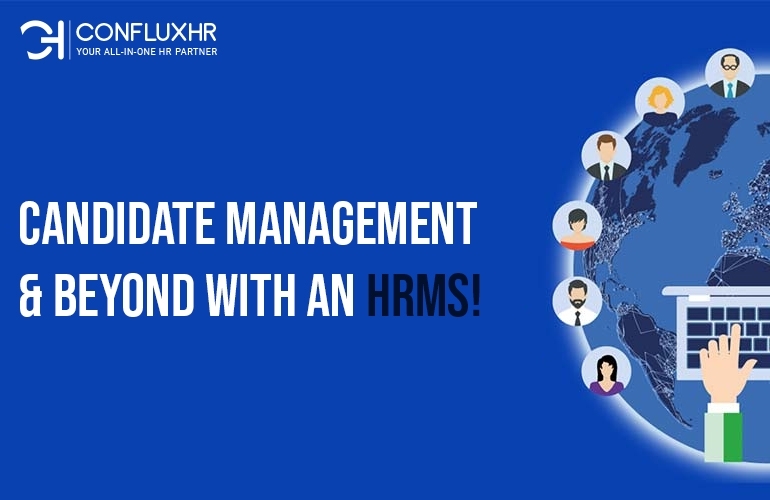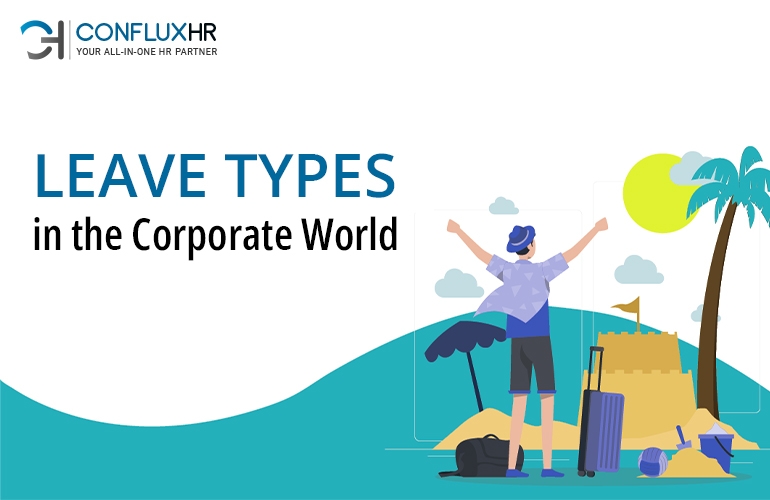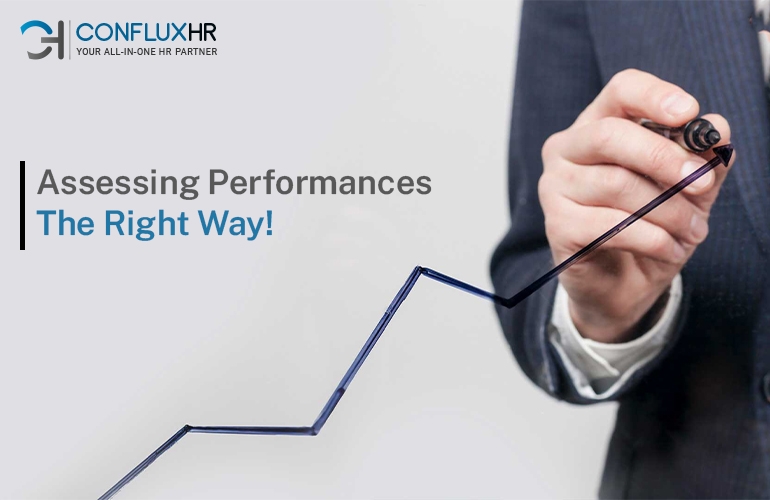Is great talent acquisition for the HR wing enough to achieve all your organizational goals? Whatever your answer is, you must know that you might be doing exceptionally well on your business front, but you still need to be good at resource management to meet your organizational goals
If a business does exceptionally well, it implies that the resources have outperformed in every way possible. Hence, a human resource management system can make a world of difference. Gone are the days when the power remained centralized to the higher management.
We have stepped into an era when employee experience is one of the vital deciding factors of whether a business can thrive in the market. A diligent HR wing is a bonus point for the business owner. However, a dedicated HRMS can take you closer to your organizational goals.
Changes after Opting for an HRMS
Adopting the best HR systems with an HRMS and aligning tasks with the latest technology can benefit the organization in every possible way. Let us see the valuable changes an HRMS can bring to the organization.
Figuring out everything that matters
An HRMS can help you figure out everything that matters. It aligns tasks for you so you can complete them as per the priority. Right from one-to-one meetings to leave applications, you can manage it all seamlessly with the help of an HRMS.
Simplify the payroll process
You can simplify the payroll process and generate a pay register with a click. The best part about opting for a human resource software solution is it makes payroll processing super easy. It helps you smoothly generate payrolls adhering to all the compliance laws.
Helps HRs to take smart decisions
HRs get stuck in unproductive, mundane paperwork. HRMS can help HRs get rid of papers. Hence, they get insight into several vital things and take smart decisions.
Makes employees self-sufficient
Employees no longer depend on the HRs for basic requirements like several leaves, pay slips, etc. Employees can be independent and gather all their required details using the HRMS.
Deal with compliance issues
HRMS helps you deal with compliance in a better way. You can generate PF, ESI, and TDS Challan without hassle.
The Bottom line
All the above-listed benefits of HRMS can bring about a revolutionary change in overall business operations. Besides complete employee satisfaction, the HR system has become more systematical than ever.
So, how soon are you opting to transform your business operations with the help of an HRMS?


